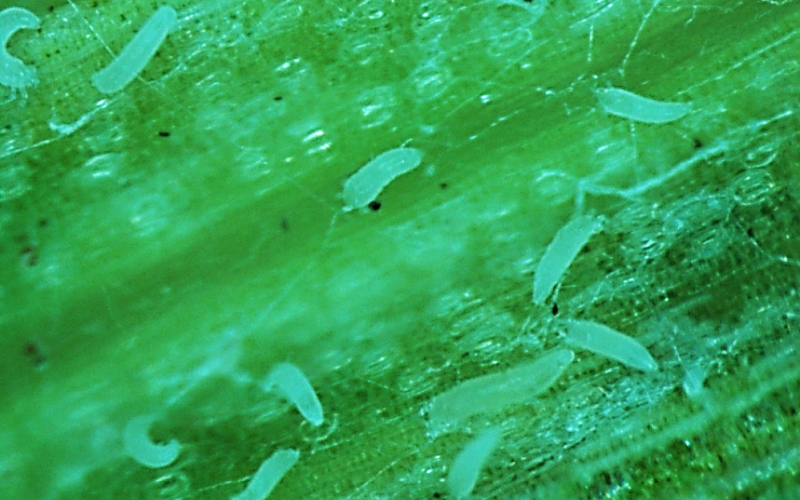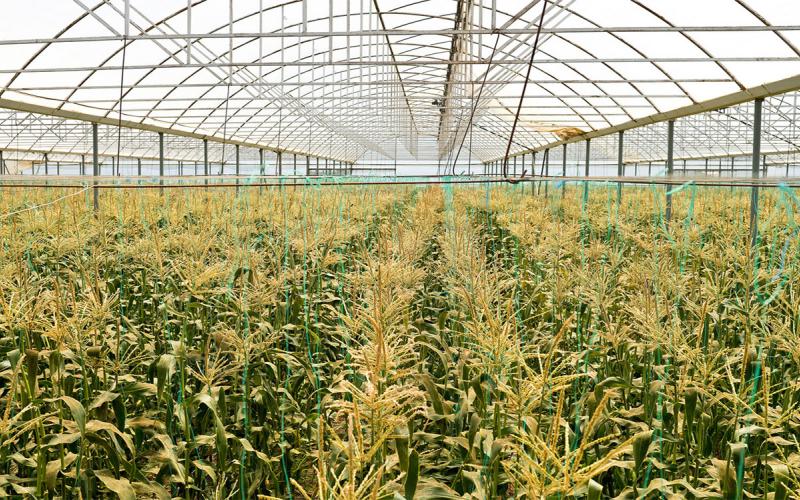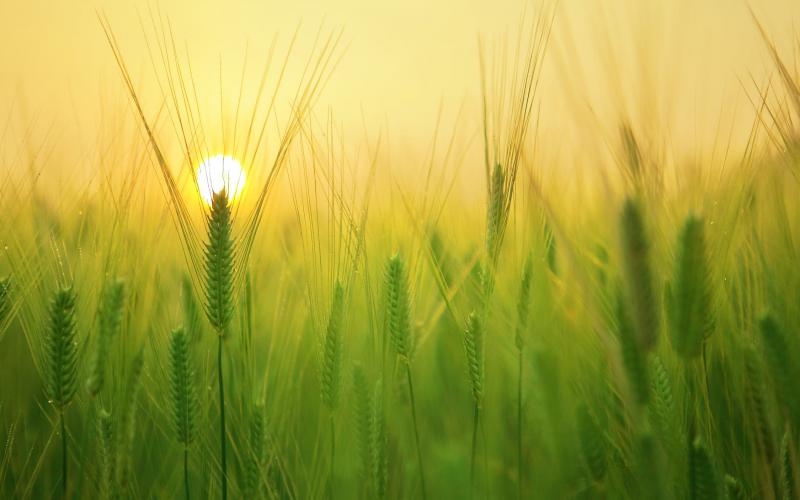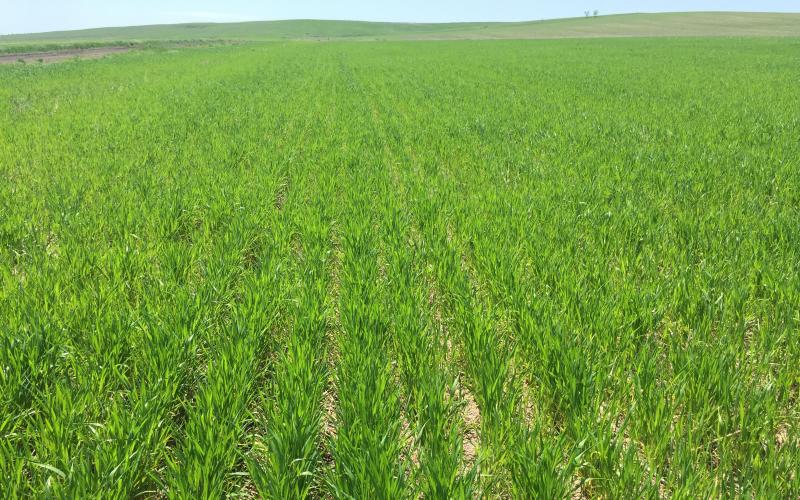Planting Wheat
All Planting Wheat Content

Wheat Streak Mosaic Virus is Prevented Before Planting Winter Wheat
Wheat streak mosaic disease (WSMD) is one of the important diseases in winter wheat and can lead to severe yield losses.

Wheat Streak Mosaic Virus Management: Plan ahead before planting this fall
Have you had a history of moderate wheat streak mosaic disease in your field? Do you plan on planting wheat into wheat stubble or wheat fallow? Have your neighbors had wheat streak mosaic disease outbreaks in the recent past? If you answered yes to any of these questions, you need to incorporate wheat streak mosaic control principles into your management plan before planting winter wheat this fall.

Creating Management Zones Using Electrical Conductivity
The first step to practicing zone management is to identify the variations that control yield. There are various methods for characterizing soil variations within a field, and among them, electrical conductivity measurement is one of the most-reliable.

Consumer Demand for Genome-Edited Crops: Implications for Farmers’ Adoption Decisions
Genome-editing is a breakthrough technology for crop improvement that makes site-specific modifications in the genomes of cells and organisms.

Precision Agriculture and Zone Management
Precision agriculture tools can address the variations in a production system to enhance plant growth and crop yield. Zone management controls the variable rate of inputs for optimal performance within a defined field zone.

Water Use by Plant Stage
Over the growing season, solar radiation, air temperature and plant size are the dominant factors in determining evaporative demand and the rate of water use by wheat. Water use can vary dramatically on a day-to day basis, depending on climate and wheat health.

Crop Rotation in Farm Management
Crop rotation has long been considered an important farm practice. In 2013 producers had to stray from their well thought out crop rotations when the winter wheat crop in South Dakota failed.

Planting Considerations for a Late Spring
Farm fields in some areas are unusually wet this year with many low areas under water. These conditions will make planting a challenge for farmers this year.

Planning for Quality in Wheat
Excess moisture and limited field days have made it difficult for producers to add nitrogen to wheat fields this year. This could be a concern, as nitrogen contributes to both yield and protein. This year, it may pay off to take tissue and soil tests from questionable wheat fields to help with nitrogen application decisions.

Should I Be Concerned About Grasshoppers When Planting Winter Wheat?
During 2019 we have received varying reports regarding grasshopper populations. Many reports have indicated that grasshopper numbers are down. However, we have also received reports of very large grasshopper populations in some areas of South Dakota. So why such a difference?